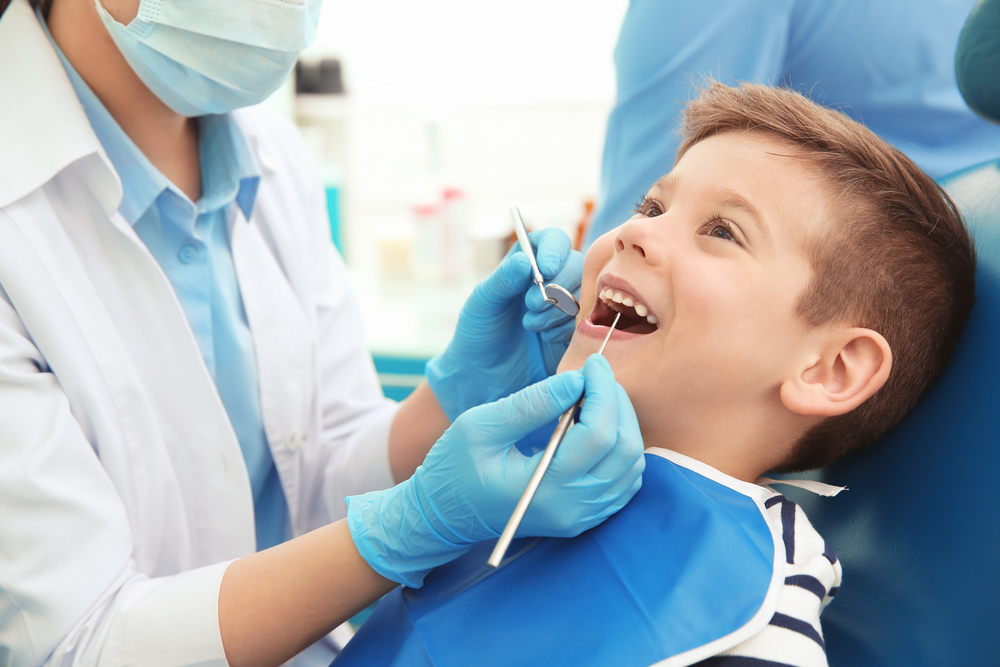In recent years, pediatric dentistry has seen remarkable advancements in technology, revolutionizing the way dental care is delivered to children. These innovations not only make dental visits more comfortable and efficient but also play a crucial role in improving oral health outcomes in pediatric patients.
From preventive care to treatment procedures, the latest pediatric dental technologies offer numerous benefits that contribute to better oral hygiene and overall well-being in children.
Digital Radiography:
Traditional X-rays have long been a standard tool in diagnosing dental issues, but digital radiography has taken this process to a whole new level. Digital X-rays, available at the best Windermere dental clinics, emit significantly less radiation than conventional methods, making them safer for children.
Moreover, these images can be instantly viewed on a computer screen, allowing dentists to quickly identify problems and explain them to parents in real-time.
The enhanced clarity and precision of digital radiographs enable early detection of cavities, developmental issues, and other dental conditions, leading to timely interventions and better treatment outcomes.
Laser Dentistry:
Laser technology has transformed various aspects of pediatric dentistry, offering minimally invasive and virtually pain-free solutions for a range of dental procedures. Laser dentistry is particularly beneficial for treating cavities, gum disease, and soft tissue abnormalities in children.
Compared to traditional methods involving drills and scalpels, lasers result in less discomfort, bleeding, and swelling, reducing anxiety and fear in young patients. Furthermore, the precision of laser technology preserves healthy tissue and promotes faster healing, making it an excellent option for pediatric dental care.
3D Imaging and CAD/CAM Technology:
The integration of 3D imaging and computer-aided design/computer-aided manufacturing (CAD/CAM) technology has revolutionized the planning and execution of complex dental treatments, such as orthodontic interventions and restorative procedures, in children.
With 3D imaging, dentists can create detailed, three-dimensional representations of a child’s dental anatomy, allowing for more accurate diagnosis and treatment planning. CAD/CAM technology enables the fabrication of custom-made dental restorations, such as crowns and bridges, in a single visit, eliminating the need for messy impressions and multiple appointments.
This streamlined process not only enhances convenience for both children and parents but also ensures optimal fit and aesthetics of dental restorations
Air Abrasion and Microabrasion:
Air abrasion technology has emerged as a gentle and conservative alternative to traditional drilling for removing decay and preparing teeth for restorations in pediatric patients. By emitting a stream of tiny abrasive particles, air abrasion effectively removes decayed tissue while preserving healthy tooth structure.
This technique is particularly advantageous for treating cavities in primary (baby) teeth, where preserving tooth structure is crucial for proper development and future oral health. Similarly, microabrasion techniques utilize mild abrasives to remove superficial stains and defects from tooth enamel, improving the appearance of teeth without the need for invasive procedures or harsh chemicals.
Virtual Reality and Sedation Dentistry:
To alleviate anxiety and enhance the dental experience for children, pediatric dentists are increasingly incorporating virtual reality (VR) technology and sedation techniques into their practices. VR headsets can transport young patients to immersive, interactive environments, distracting them from dental procedures and reducing stress and fear.
Additionally, sedation dentistry offers safe and effective options for managing dental anxiety and ensuring children remain calm and comfortable during treatment.
From nitrous oxide (laughing gas) to oral sedatives and intravenous (IV) sedation, pediatric dentists can tailor sedation protocols to meet the unique needs of each child, facilitating a positive dental experience and fostering lifelong oral health habits.
The latest advancements in pediatric dental technologies have transformed the landscape of children’s oral healthcare, offering safer, more comfortable, and more efficient solutions for preventive care, diagnosis, and treatment.
By embracing these innovative technologies, pediatric dentists can deliver high-quality dental services while promoting positive experiences and outcomes for young patients. Ultimately, investing in pediatric dental technology not only enhances the oral health of children but also lays the foundation for a lifetime of healthy smiles.
